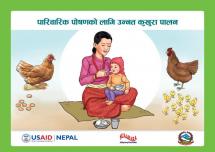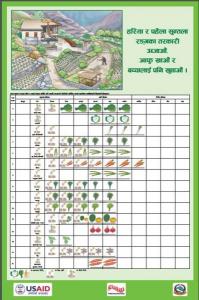Menstrual Calendar
This material is from the Healthy Women of Ukraine (HWUP) program. The goal of HWUP, which runs from 2011-2016, is to protect the reproductive health of Ukrainian women and couples by increasing the appropriate and effective use of modern methods of contraception as an alternative to unintended pregnancy and associated abortion. HWUP was a follow-on project to an earlier program, Together for Health, which ran from from 2006-2011.
Evaluation of the project thus far shows the following;
- 7.8 million Ukrainians have been reached with the program’s messages
- More than 25,000 people, mainly youth, have participated in FP/RH education sessions
- 87% of education session participants plan to use modern family planning methods in the future
- The number of access points for family planning and reproductive services has increased more than 300% in HWUP partner oblasts
- More than 2,600 health care providers have been trained in modern family planning approaches and counseling
This is a calendar for charting menstruation, and also offers information about the program website and hotline.
Source: Healthy Women of Ukraine Program (HWUP)
Date of Publication: March 25, 2019
SIMILIAR RESOURCES
Tools
Examples
- HTSP Online Course
- Menstrual Hygiene in Emergencies Toolkit
- Healthy Timing and Spacing of Pregnancy Fact Sheet
- Birth Spacing and Family Welfare Sermons
- HTSP 101: Everything You Want to Know About Healthy Timing and Spacing of Pregnancy
- The HTSP Implementation Kit
- Suaahara Training Guidelines and Participant Handbooks
- The REPLACE Approach: Supporting Communities to End FGM
- Accelerator Behaviors
- Family Planning Counselling Kit



